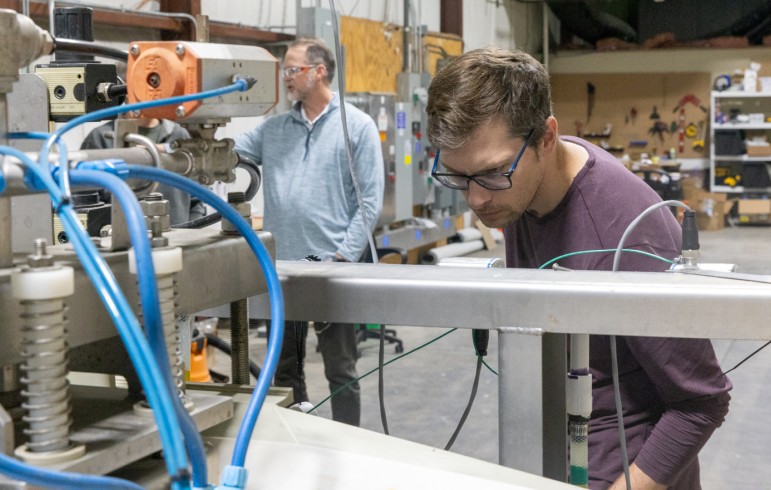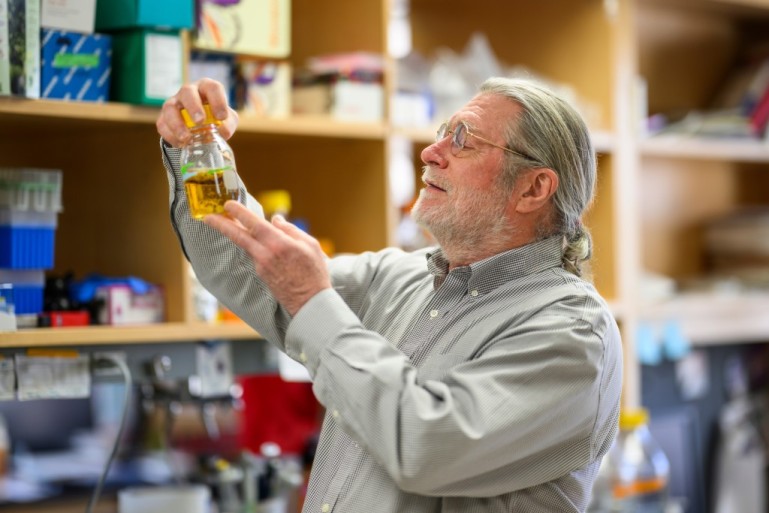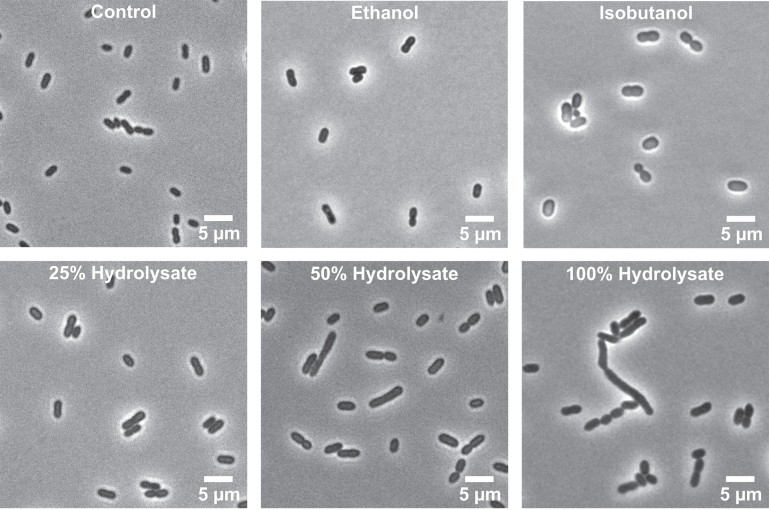Fellowships provide graduate students with critical financial support as they pursue advanced degrees.
Midwest Energy News has placed Daniel Ludois, an assistant professor of electrical and computer engineering and an affiliate of the Wisconsin Energy Institute (WEI), on its “40
Proteins are the hammers and tongs of life, with fundamental roles in most of what happens in biology. But biologists still don’t know what thousands of proteins do, and how their presence or absence affects the cell.
As solar cells produce a greater proportion of total electric power, a fundamental limitation remains: the dark of night when solar cells go to sleep.
Research is often an empowering experience for undergraduates, but for six students who spent the summer of 2016 at the University of Wisconsin-Madison, their efforts generated results that could also help bring power to people around the world.
The research community has warned for decades about the potential environmental and health costs of burning coal, oil, and natural gas, often pointing out that those costs can be measured in real dollars. But now the U.S.
A car mechanic would have a hard time building a car if he or she didn’t know anything about the car’s parts. The same holds true for scientists who want to design or program proteins and microbes.



